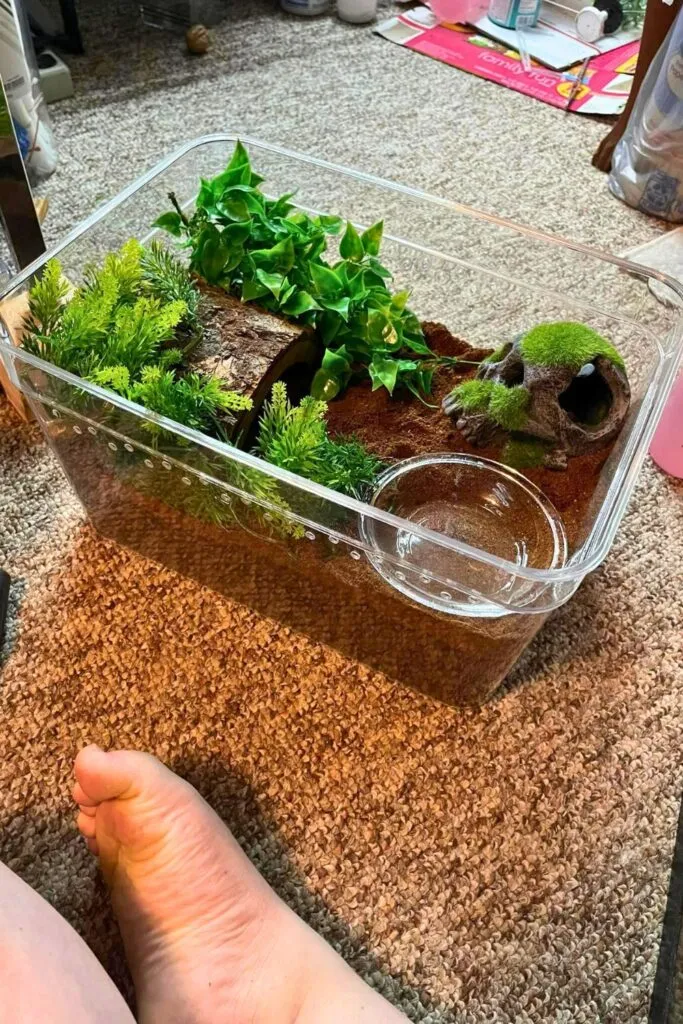Choosing the Right Tarantula Enclosure
Setting up a tarantula enclosure is a crucial first step for any aspiring tarantula keeper. The right enclosure provides a safe, comfortable, and enriching environment for your eight-legged friend. Selecting the proper enclosure goes beyond aesthetics it’s about ensuring your tarantula thrives. This guide reveals the secrets to creating the perfect habitat, considering factors like size, ventilation, and the specific needs of your tarantula species. From understanding the importance of a well-ventilated space to choosing the right substrate, this article will equip you with the knowledge to create a thriving home for your pet. The aim is to move beyond simple housing and build a habitat that stimulates natural behaviors and promotes overall health. Begin your tarantula-keeping journey on the right foot by mastering the art of enclosure selection.
Enclosure Size and Dimensions
The size of the enclosure is paramount to your tarantula’s well-being. A general rule is to provide an enclosure that is at least two to three times the tarantula’s leg span in width. This ensures your tarantula has enough space to move around, explore, and feel secure. For terrestrial species, the width and length are more important than height, as they are ground-dwelling. Arboreal species, however, require more vertical space for climbing and webbing. Overly large enclosures, especially for smaller tarantulas, can make it difficult for them to find food and may stress them out. Conversely, too small an enclosure restricts movement and can lead to molting problems. Consider your tarantula’s adult size when selecting the enclosure to prevent the need for frequent upgrades as it grows. Proper dimensions promote healthy growth and a happier tarantula.
Factors to Consider
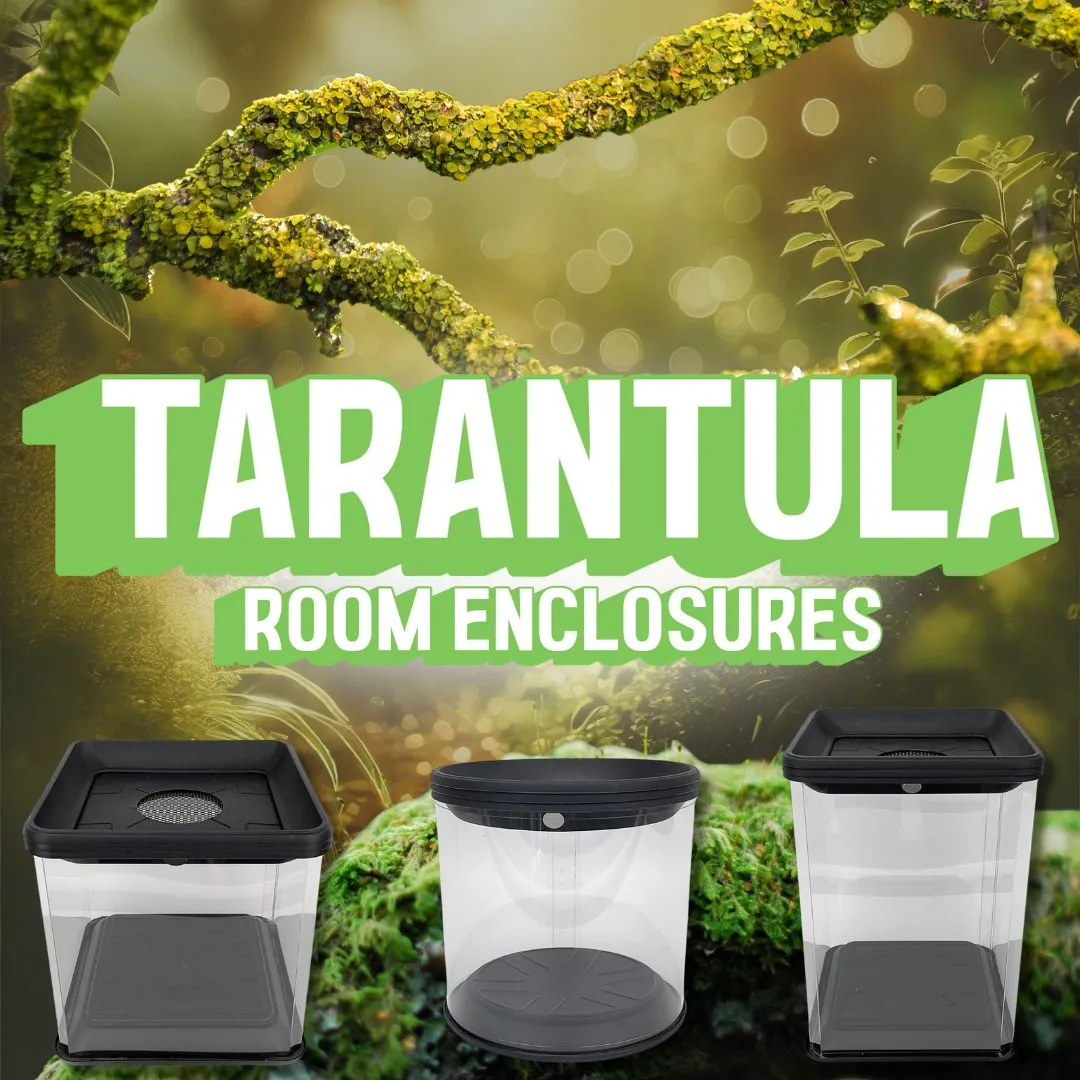
Several factors influence the ideal enclosure size. The species of tarantula is a key consideration. Some species, like the Chilean Rose, are relatively docile and prefer a moderate space, while others, like the Goliath Birdeater, require significantly larger enclosures. The tarantula’s age also plays a role. Spiderlings need smaller enclosures to feel secure, while juveniles and adults require more space. The enclosure material should also be considered; glass and acrylic are popular choices, offering excellent visibility and durability. Ensure the enclosure has a secure lid to prevent escape, which can be dangerous for both the tarantula and your home. Think about how you will access the enclosure for feeding, watering, and cleaning. Front-opening enclosures can be beneficial for tarantulas that are more defensive.
Ventilation Guide
Proper ventilation is critical for tarantula health. Poor ventilation leads to mold growth, the buildup of harmful gases, and can cause respiratory problems for your tarantula. Good ventilation prevents stagnant air, maintaining the correct humidity levels and promoting a healthy environment. There are several ways to ensure adequate airflow within your tarantula’s enclosure. The key is to strike a balance between providing enough airflow and maintaining appropriate humidity levels. Understanding the principles of ventilation is a cornerstone of tarantula care, and it can make all the difference in the lifespan and well-being of your pet. This ensures a healthy environment and is essential for the tarantula’s survival and health.
Why Ventilation is Critical
Ventilation prevents the buildup of excess moisture, which can lead to mold and fungal growth within the enclosure. It also helps to eliminate ammonia and other potentially harmful gases produced by the tarantula’s waste and decaying food. Adequate airflow reduces the risk of respiratory infections, which are common in poorly ventilated environments. Moreover, ventilation helps regulate the temperature and humidity, providing a stable and comfortable environment for your tarantula. Without proper ventilation, your tarantula is at risk of health problems and a shortened lifespan. This is also important for the proper molting of the tarantula.
Best Ventilation Methods
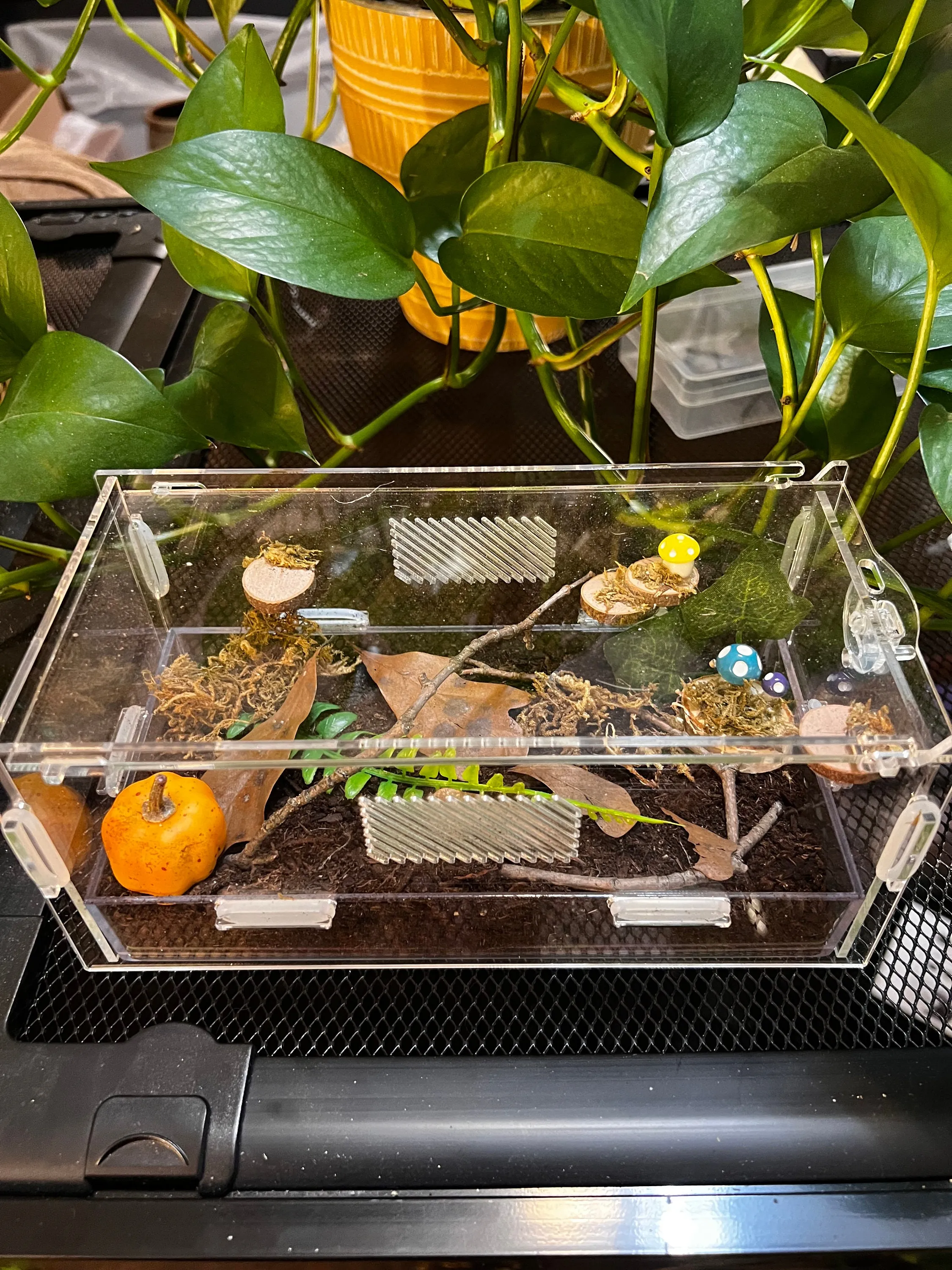
The best ventilation setup includes cross-ventilation, which involves air entering from one side of the enclosure and exiting from the opposite side. This can be achieved by having ventilation holes or mesh on the sides or top of the enclosure. For terrestrial species, ventilation near the top of the enclosure is often sufficient. For arboreal species, ventilation along the sides and the top is preferred. Make sure that the ventilation holes are small enough to prevent escapes. Avoid placing the enclosure in direct sunlight or near heat sources, as this can compromise the ventilation and lead to temperature fluctuations. Regularly inspect the ventilation holes to ensure they are free from obstruction.
Substrate Selection for Tarantula
Choosing the right substrate is an essential aspect of tarantula care. The substrate provides a comfortable bedding, a place for your tarantula to burrow (for terrestrial species), and helps to regulate humidity. The ideal substrate mimics the natural environment of your tarantula species, providing a sense of security and promoting natural behaviors. There are various types of substrate available, each with its own advantages and disadvantages. The correct choice will contribute to the overall well-being and happiness of your pet tarantula. From coco fiber to peat moss, understanding your options will help you make the best decision for your tarantula’s enclosure.
Substrate Types and Their Benefits
Coco fiber is a popular choice due to its excellent moisture retention and natural appearance. It is biodegradable and relatively easy to clean. Peat moss is another great option, known for its ability to hold moisture and maintain humidity. It is also a good burrowing substrate. Sphagnum moss is used to retain moisture in certain spots of the enclosure. Vermiculite is a good option if you want to boost the humidity in a specific section of the enclosure. It is crucial to avoid substrates like wood chips, which can be harmful to tarantulas. Make sure the substrate is clean, free of pesticides, and appropriate for the specific species of your tarantula.
Maintaining Substrate Humidity
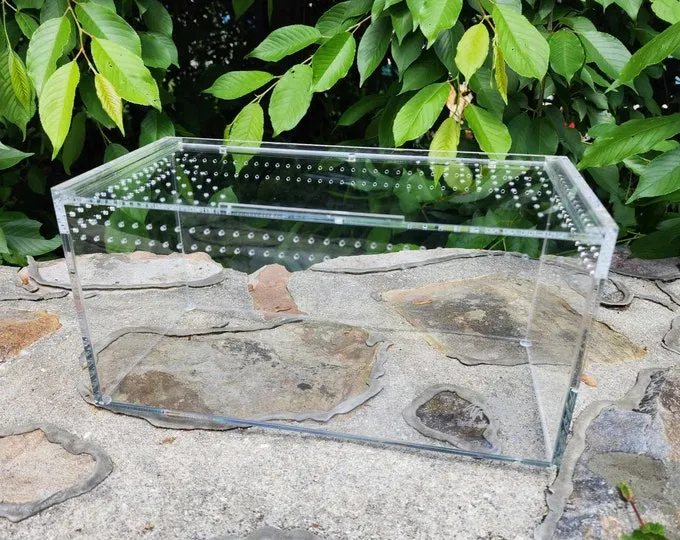
Maintaining the correct humidity level is key for a healthy tarantula. The substrate plays a crucial role in achieving this. To increase humidity, you can lightly mist the substrate with water, but avoid over-saturation, which can lead to mold growth. The frequency of misting depends on the substrate type and the needs of your tarantula species. Regularly monitor the humidity levels using a hygrometer. Ensure that the enclosure has good ventilation to prevent the buildup of excess moisture. Remove any uneaten food and waste regularly to prevent mold and maintain a healthy environment. For some species, providing a water dish is sufficient, while others require regular misting.
Essential Decorations for Your Tarantula Enclosure
Decorations not only enhance the aesthetic appeal of the enclosure but also enrich the tarantula’s environment. Providing hiding places, climbing structures, and other enrichment elements can reduce stress and encourage natural behaviors. The right decorations mimic the tarantula’s natural habitat, providing a sense of security. Careful selection ensures the decorations are safe and appropriate for the species. From cork bark to artificial plants, the choices are plentiful. Adding these decorations can enhance the tarantula’s quality of life.
Hides and Shelters
Hides are critical for tarantulas, providing a place to retreat, feel secure, and molt in safety. Cork bark is a popular and safe choice, allowing tarantulas to create their own hides. You can use half logs, pre-made hides from pet stores, or even create your own hide using materials that are safe for tarantulas. Ensure that the hide is appropriately sized for your tarantula to feel secure. Provide at least one hide, but multiple hides can be beneficial, giving your tarantula options for different areas of the enclosure. The hide should be placed in a shaded area, away from direct light and heat sources. Regular inspections of the hide ensure that it is clean and free from debris.
Water Dishes and Hydration
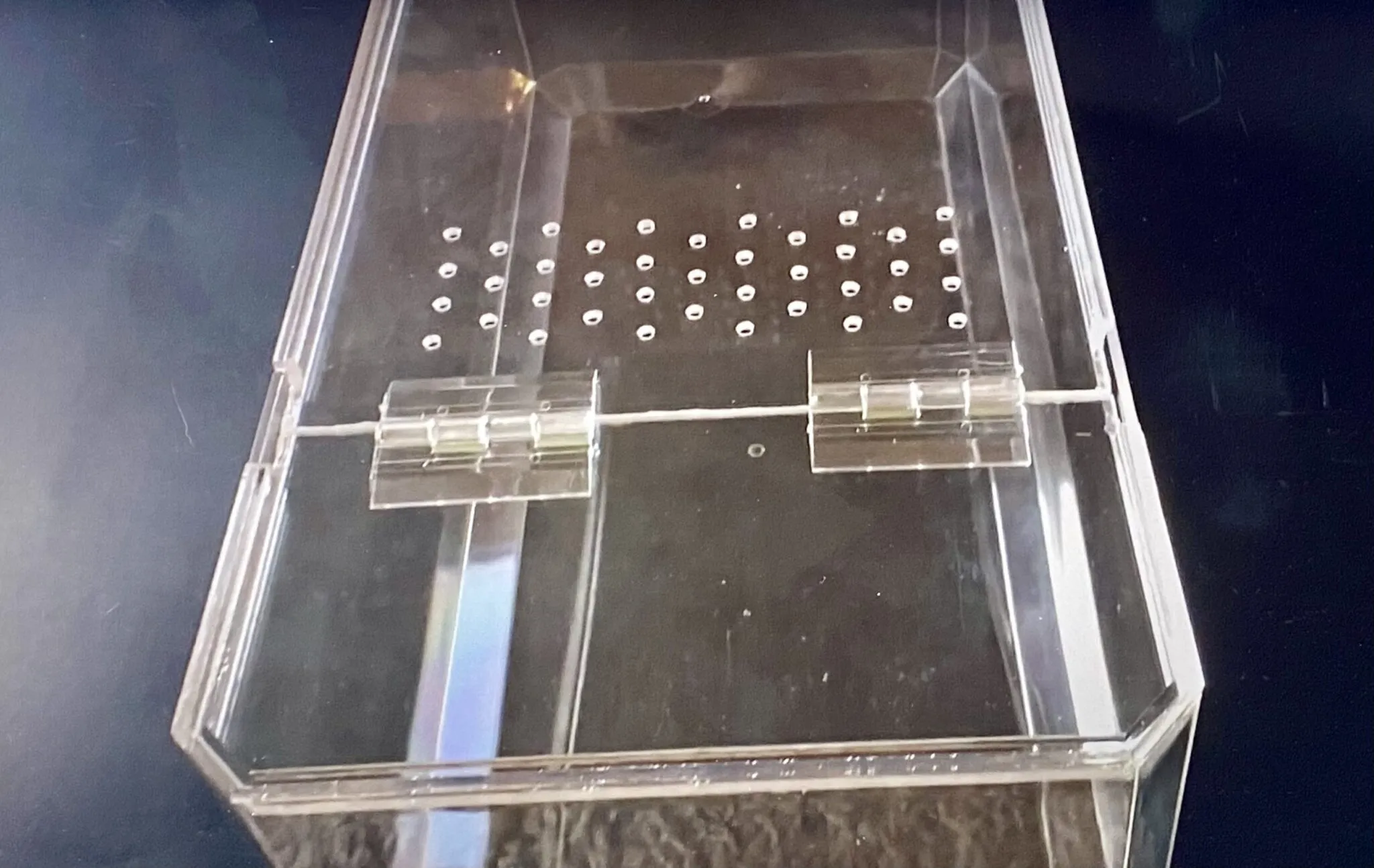
A water dish is essential for providing your tarantula with a source of fresh water. The size of the water dish should be appropriate for the size of your tarantula, preventing accidental drowning. Shallow dishes are ideal for smaller tarantulas, and larger dishes can be used for adult specimens. Ensure the water dish is placed on a stable surface. Clean the water dish regularly, removing any debris and refilling it with fresh water. Some tarantulas, especially arboreal species, may prefer to drink from droplets of water sprayed on the enclosure walls. Regular hydration is crucial for the tarantula’s health, facilitating molting, and maintaining overall well-being. Always provide fresh water to your pet.
Temperature and Humidity Control
Maintaining the correct temperature and humidity levels is vital for your tarantula’s health and survival. Tarantulas are ectothermic, meaning they rely on their environment to regulate their body temperature. Fluctuations in temperature and humidity can lead to stress, health problems, and even death. Carefully monitoring and controlling these environmental factors is a crucial part of responsible tarantula keeping. Understanding the specific requirements of your tarantula species and using appropriate tools and methods is essential for creating a thriving habitat.
Optimal Temperature Range
Most tarantula species thrive in a temperature range between 70°F and 85°F (21°C and 29°C). The ideal temperature varies depending on the specific species. Use a thermometer to monitor the temperature within the enclosure. Avoid placing the enclosure in direct sunlight or near heat sources, which can cause temperature fluctuations. If the temperature is too low, you can use a heat mat placed on the side of the enclosure or a ceramic heat emitter to provide supplemental heat. Always ensure the heat source is properly regulated and does not create hot spots within the enclosure.
Humidity Levels for Tarantulas
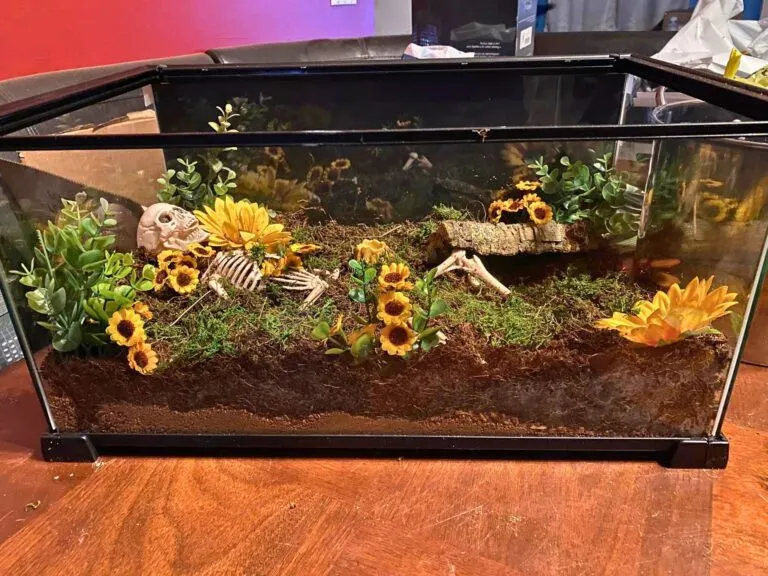
Humidity requirements vary depending on the tarantula species. Tropical species generally require higher humidity levels (70-80%), while desert species prefer lower humidity (50-60%). Use a hygrometer to monitor the humidity levels within the enclosure. To increase humidity, lightly mist the substrate and enclosure walls with water. Avoid over-misting, which can lead to mold growth. To decrease humidity, increase ventilation. Some species may require different humidity levels during molting. Research the specific humidity needs of your tarantula species.
Feeding and Maintenance
Providing proper nutrition and regular maintenance are essential for your tarantula’s health and longevity. This includes providing appropriate food, cleaning the enclosure, and monitoring the overall well-being of your pet. Consistent care ensures your tarantula remains healthy and happy. Understanding the specific requirements of your species is critical to maintaining a thriving environment. Regular observation and a good understanding of the specific needs of your tarantula are key to long-term health.
Feeding Frequency and Prey Selection
Feeding frequency depends on the tarantula’s age and species. Spiderlings should be fed more frequently (2-3 times per week), while adults can be fed less often (1-2 times per week). The general rule is to feed your tarantula until it refuses to eat. Appropriate prey items include crickets, mealworms, and roaches. The prey should be of a size that the tarantula can easily overpower. Remove any uneaten prey within 24 hours to prevent them from stressing the tarantula. Make sure that any insects you feed are gut-loaded with nutritious food before feeding. Overfeeding can lead to health problems, so adjust the feeding frequency accordingly.
Cleaning and Maintaining the Enclosure
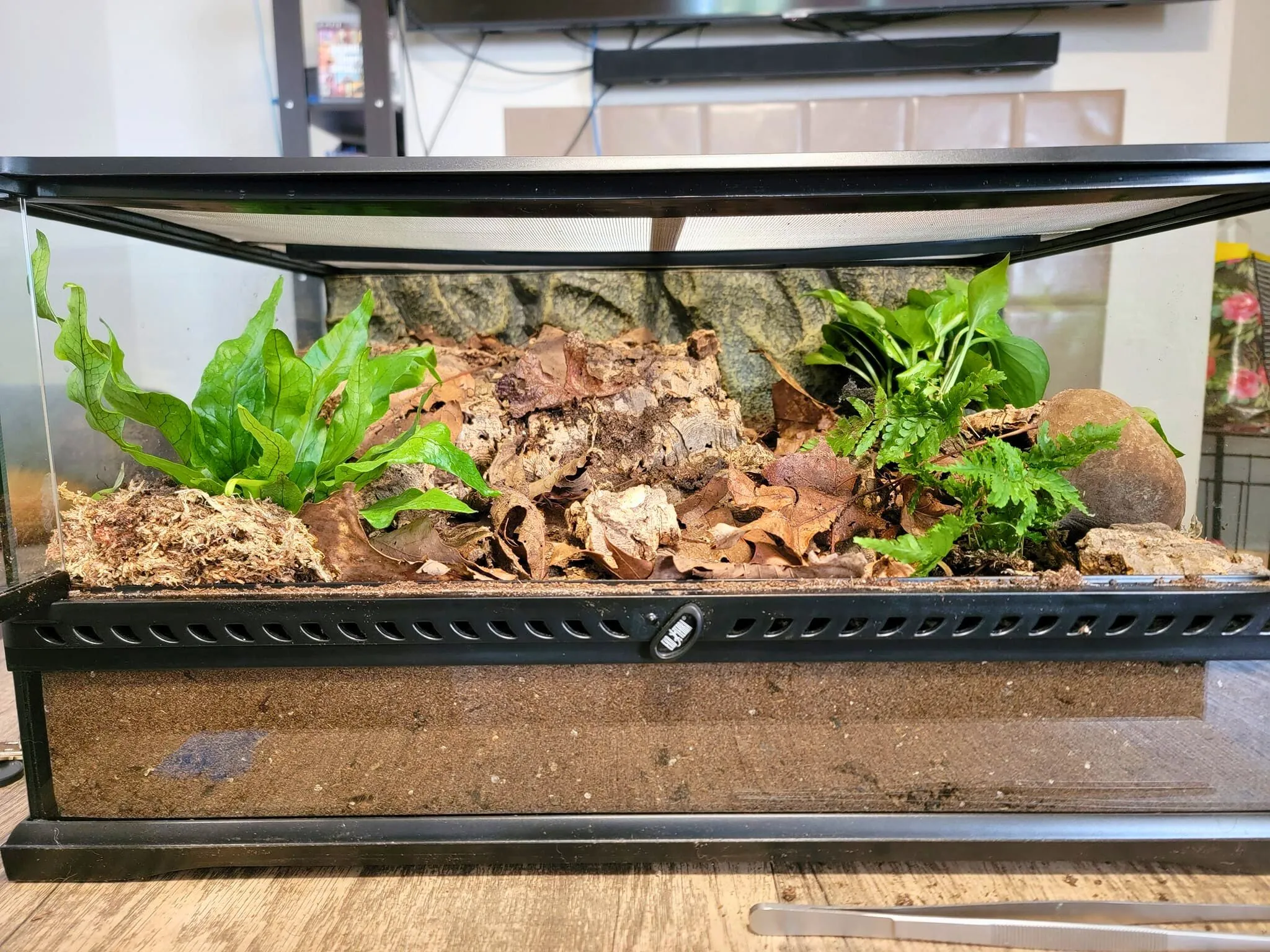
Regular cleaning is crucial for maintaining a healthy environment. Spot-clean the enclosure weekly, removing any uneaten food, waste, and molted exoskeletons. Replace the substrate every few months, or more frequently if it becomes soiled. Deep clean the enclosure by removing everything, cleaning the sides and decorations with a reptile-safe disinfectant, and then replacing the substrate. Regularly inspect the enclosure for any signs of mold or mites. Monitor your tarantula for any signs of illness, such as loss of appetite or lethargy. Maintaining a clean and well-maintained enclosure will greatly contribute to your tarantula’s health and well-being.
